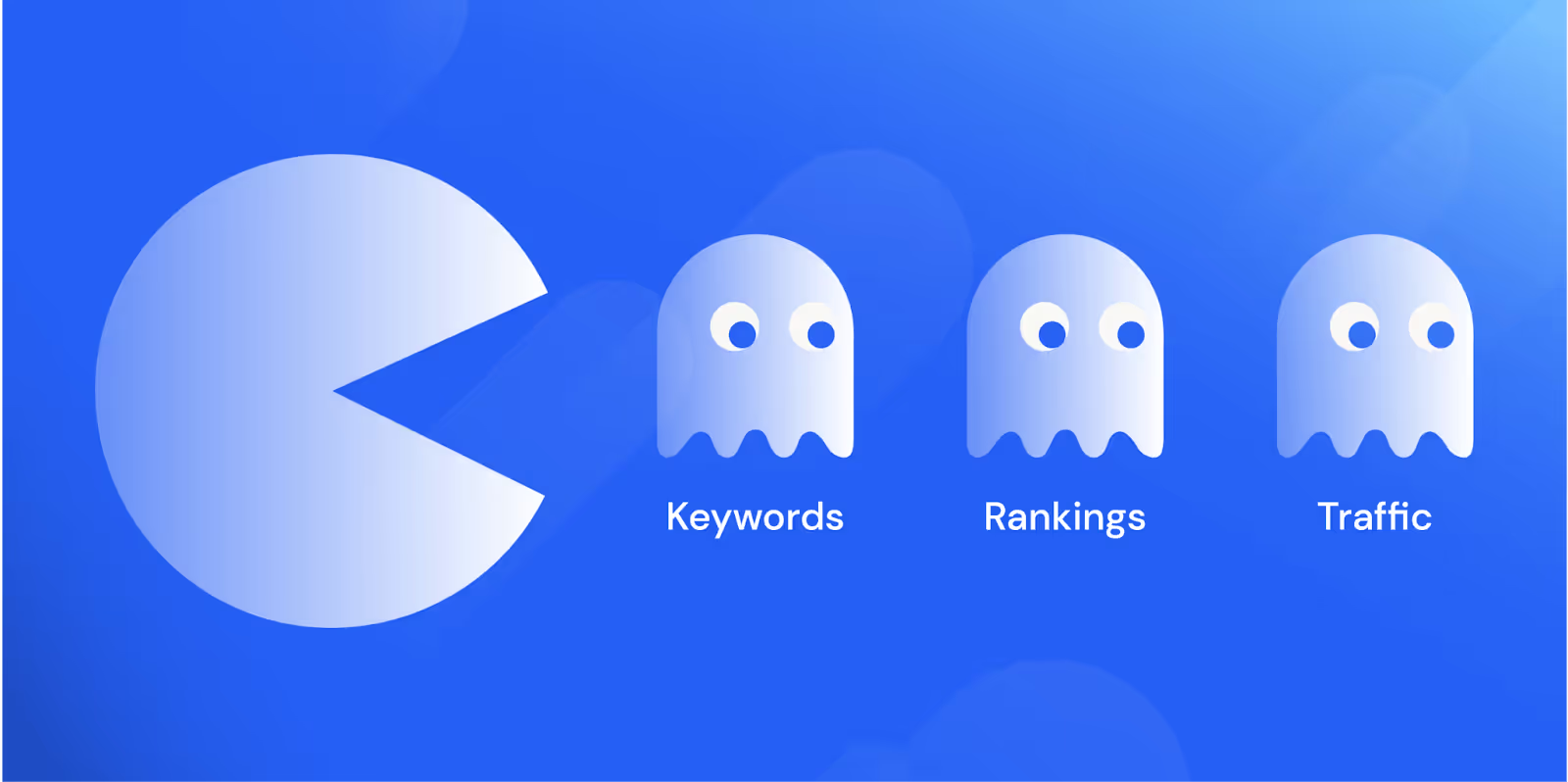.avif)
Ad cannibalization is a growing concern in the retail media space, yet it's often overlooked in discussions about digital advertising strategies. This phenomenon occurs when a retailer's advertising efforts lead customers to switch between their own products rather than driving new sales, or when brands compete against each other for market share within the same platform. While advertising is supposed to increase overall sales and visibility, cannibalization can have the opposite effect, causing a range of issues for retailers, advertisers, and end users.
What Is Ad Cannibalization in Retail Media?
Ad cannibalization happens in several forms:
1. Internal Product Competition:
A retailer may inadvertently pit its own products against each other through advertising. For example, promoting one product might lead to increased sales for that item but at the expense of another product in the same category, rather than increasing overall sales.
2. Brand Competition:
When multiple brands compete within the same category, one brand's gain in market share often comes at the direct expense of another. This can create a zero-sum game where advertising doesn't grow the market but simply shifts sales from one brand to another.
3. Disruption of Organic Performance:
Displaying irrelevant ads can disrupt the natural browsing and shopping experience, leading to lower click-through rates (CTR) and conversion rates (CVR). This not only harms the retailer's organic performance but also diminishes the overall user experience, making shopping less enjoyable and efficient.

The Negative Impact of Cannibalization
For Retailers:
Retailers may face reduced profit margins and inefficient marketing spend when cannibalization occurs. Instead of boosting overall sales, their advertising efforts simply shift sales from one product to another, leading to inventory imbalances and wasted resources.
For Advertisers:
Advertisers can see a decline in return on investment (ROI) when their products end up competing against each other. The lack of a clear strategy to prevent internal competition can lead to reduced effectiveness of their campaigns and a lower overall impact.
For Final Users:
Consumers may experience confusion and frustration when irrelevant ads disrupt their shopping journey. This can diminish their overall experience on the platform, leading to lower satisfaction and potentially driving them away from future interactions.
How Topsort Solves the Ad Cannibalization Dilemma
Topsort has developed a unique solution to this problem, ensuring that ads remain relevant and aligned with the retailer’s organic search results, thereby preventing cannibalization and enhancing the overall user experience.
1. Halo Attribution: Aligning Ads with Organic Search
Topsort's approach starts with the retailer's organic search engine. By using Halo Attribution, Topsort ensures that only relevant products are considered for advertising. This pre-filtering process means that the ads shown are naturally aligned with what the user is already searching for, reducing the chances of cannibalization.
2. Dynamic Auto-bidding Algorithm: Optimizing in Real-Time
Topsort's dynamic auto-bidding algorithm is essential in preventing ad cannibalization. By continuously optimizing campaigns in real-time, it considers factors like product relevance, budget, campaign duration, and target Return on Ad Spend (ROAS). This ensures that only the most relevant and valuable ads are served, benefiting both retailers and end users while minimizing wasted ad spend. Additionally, the algorithm can predict when a product is likely to perform better organically, and in such cases, it strategically withholds ads, prioritizing overall campaign efficiency.
3. Quality Score: Prioritizing High-Quality Products
Topsort incorporates a quality score that evaluates products based on CTR and conversion rates. Ads for higher-quality products receive lower cost-per-click (CPC) rates, making it more cost-effective to promote products that are likely to convert. This system ensures that only the best-performing products are highlighted, further reducing the risk of cannibalization.
How It Works in Practice
Imagine a user searching for "laptop" on a retailer's platform. Organically, the retailer would display a list of products (Product Listing Page, or PLP) relevant to this search. Topsort's auction API then takes this organic PLP and runs auctions for the products that are part of active campaigns. The winners of these auctions, based on relevance and quality score, are then integrated into the ad slots, while the rest of the organic listing remains intact. This entire process happens within milliseconds, ensuring that the user experience remains seamless and unaffected by any latency.
Work with Topsort!
In a world where retail media is becoming increasingly complex, Topsort stands out by solving one of the industry's most pressing challenges: ad cannibalization. Through their innovative approach, they ensure that ads contribute to real growth, rather than simply shifting sales from one product to another. With Topsort, retailers, advertisers, and users all benefit from a more intelligent and effective advertising ecosystem.
Experience a smarter, more effective advertising ecosystem with Topsort, where retailers, advertisers, and users all thrive. Ready to move beyond keyword-based ads? Connect with our sales team to discover how Topsort’s auction-based retail media can revolutionize your business!


